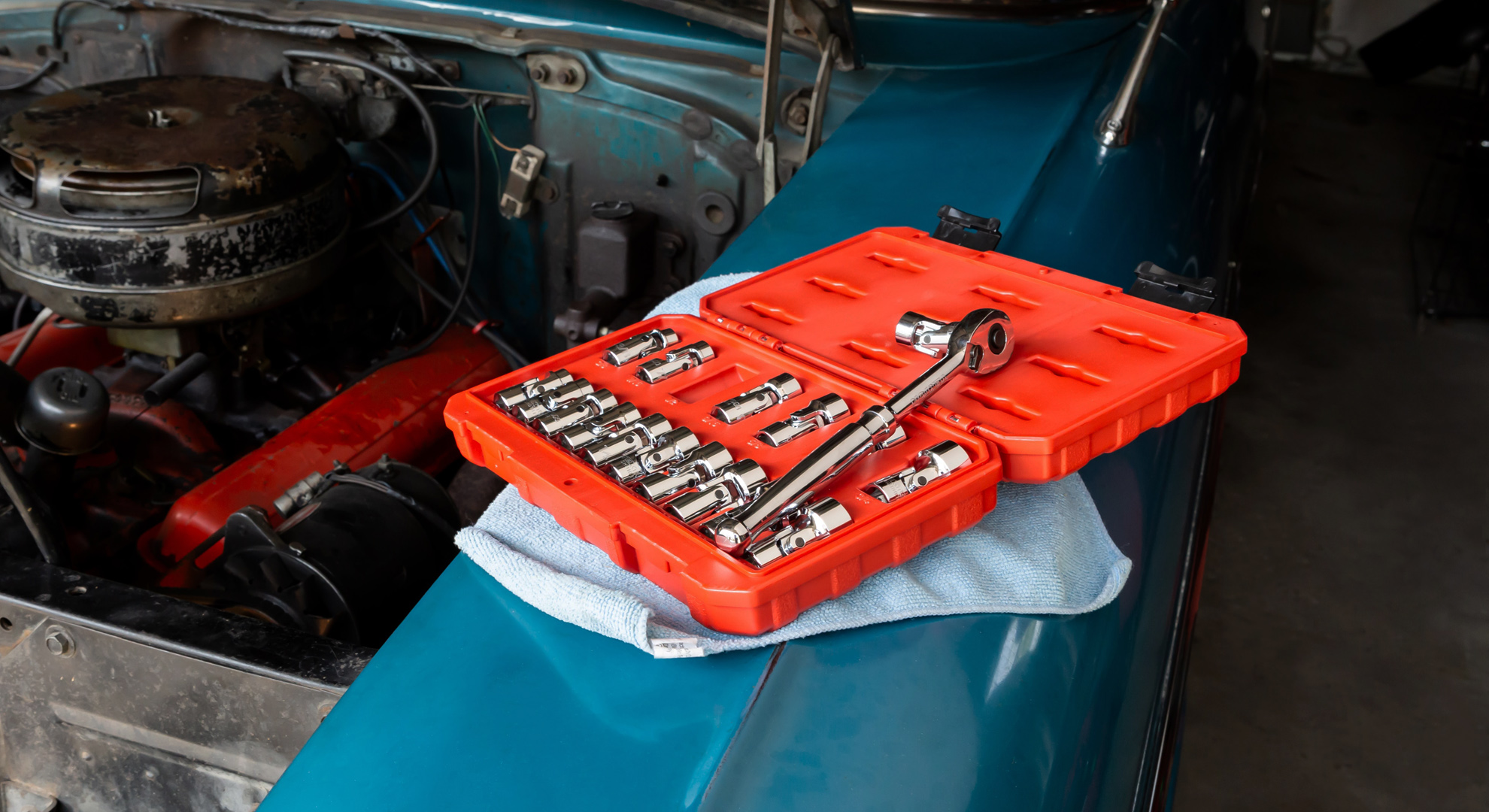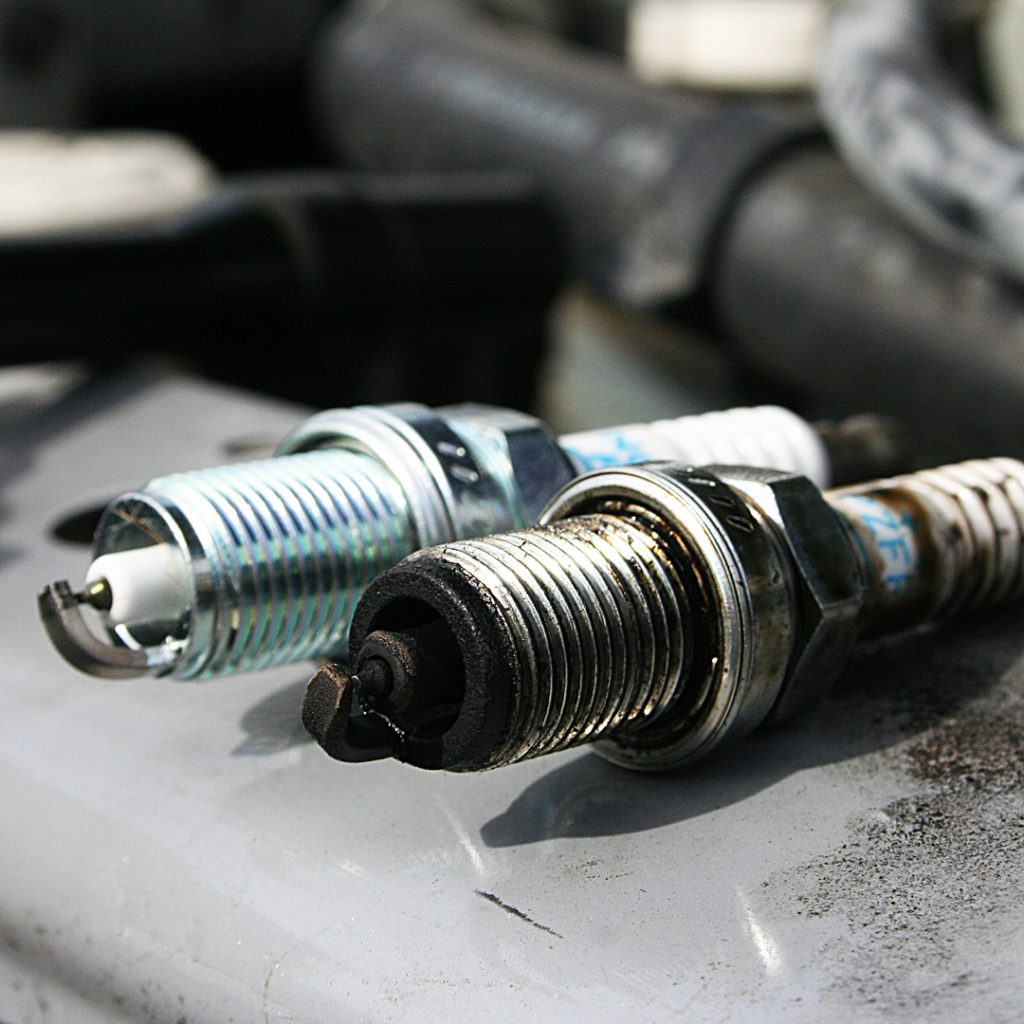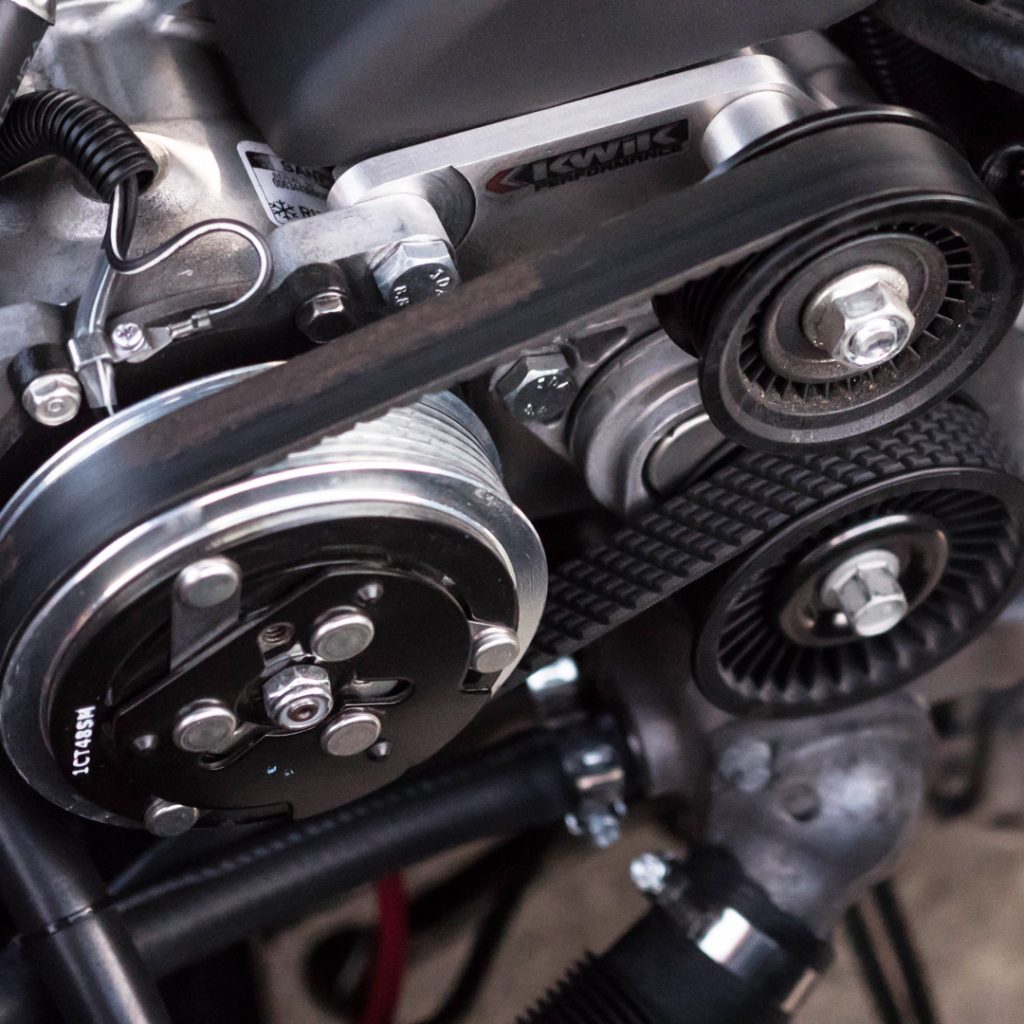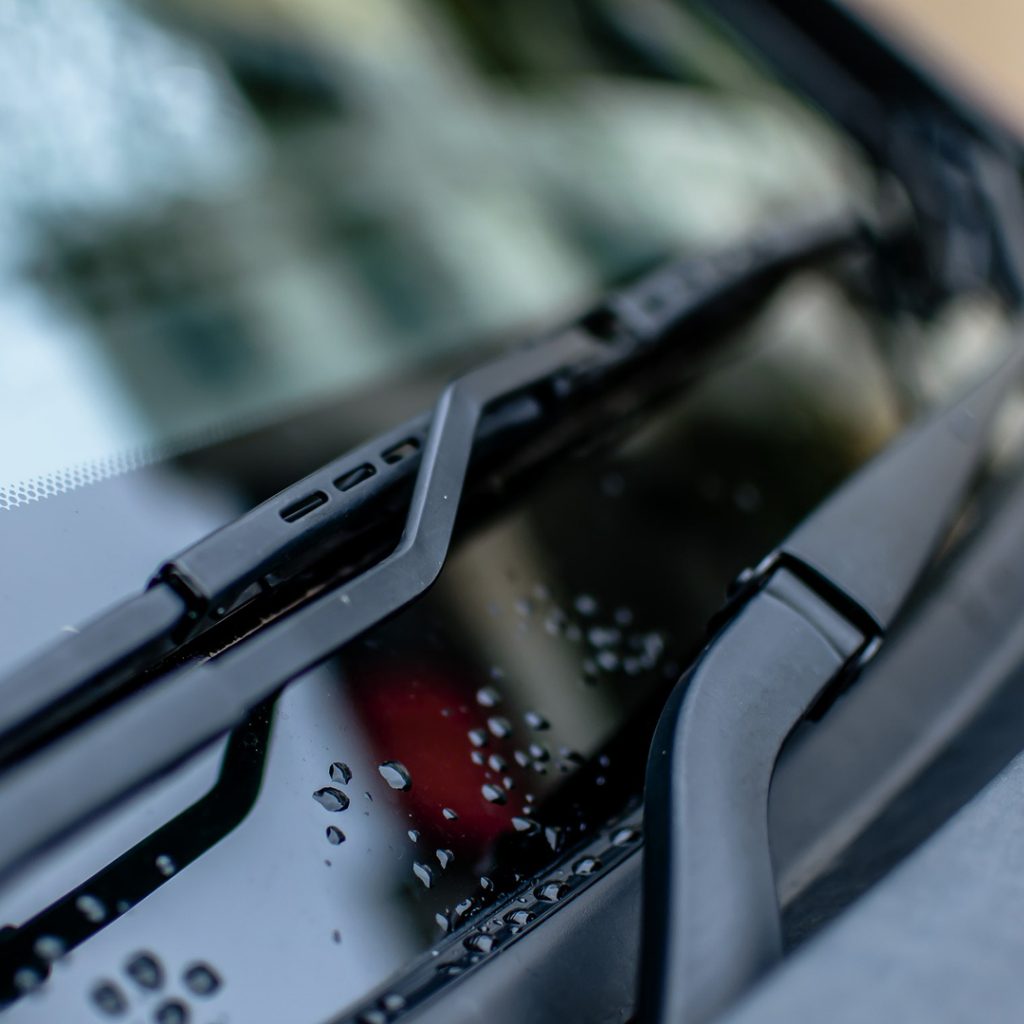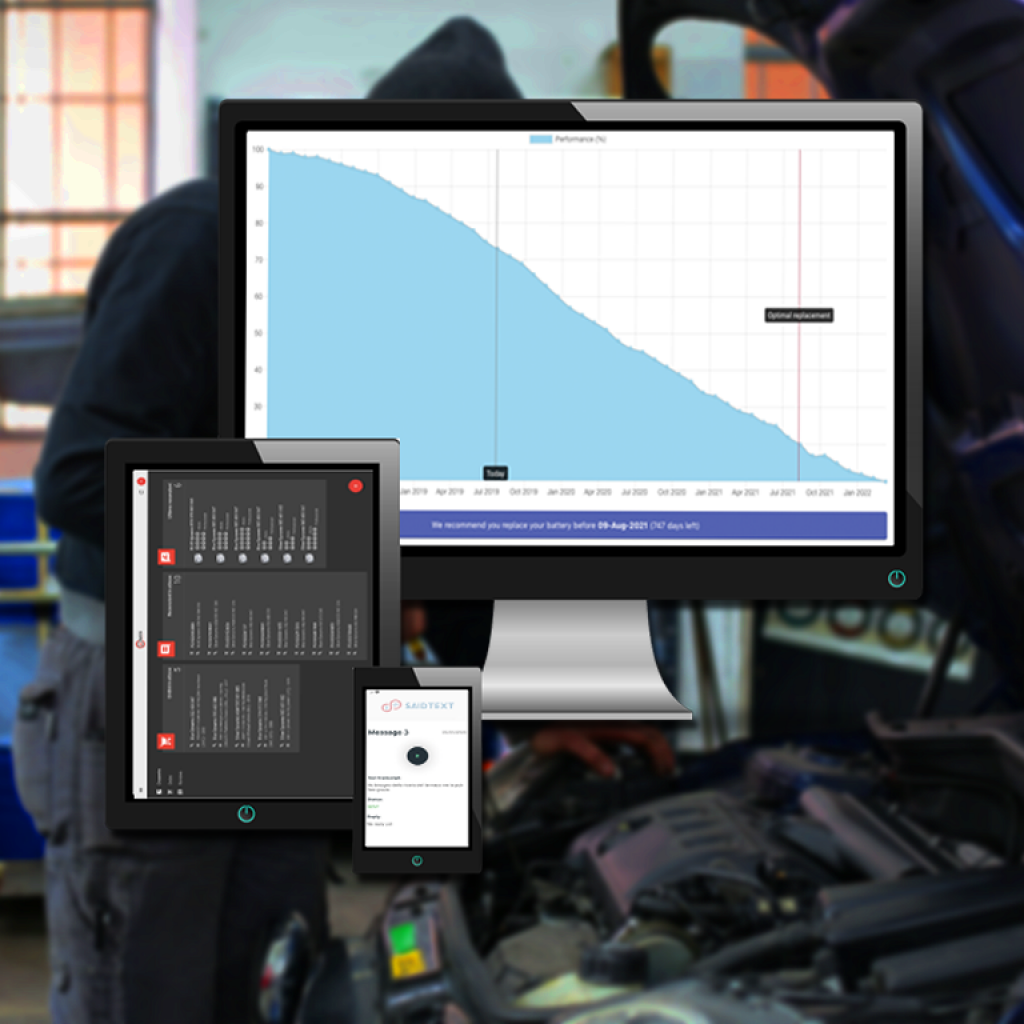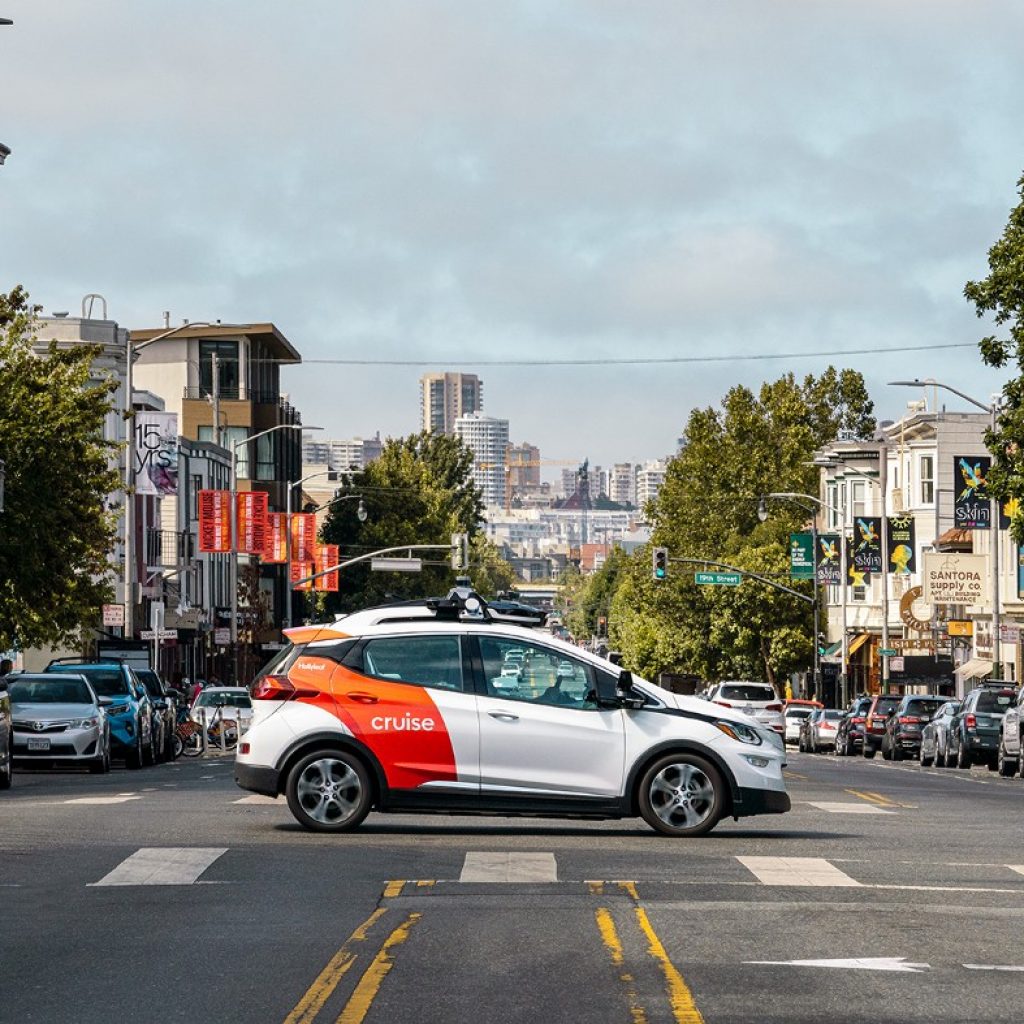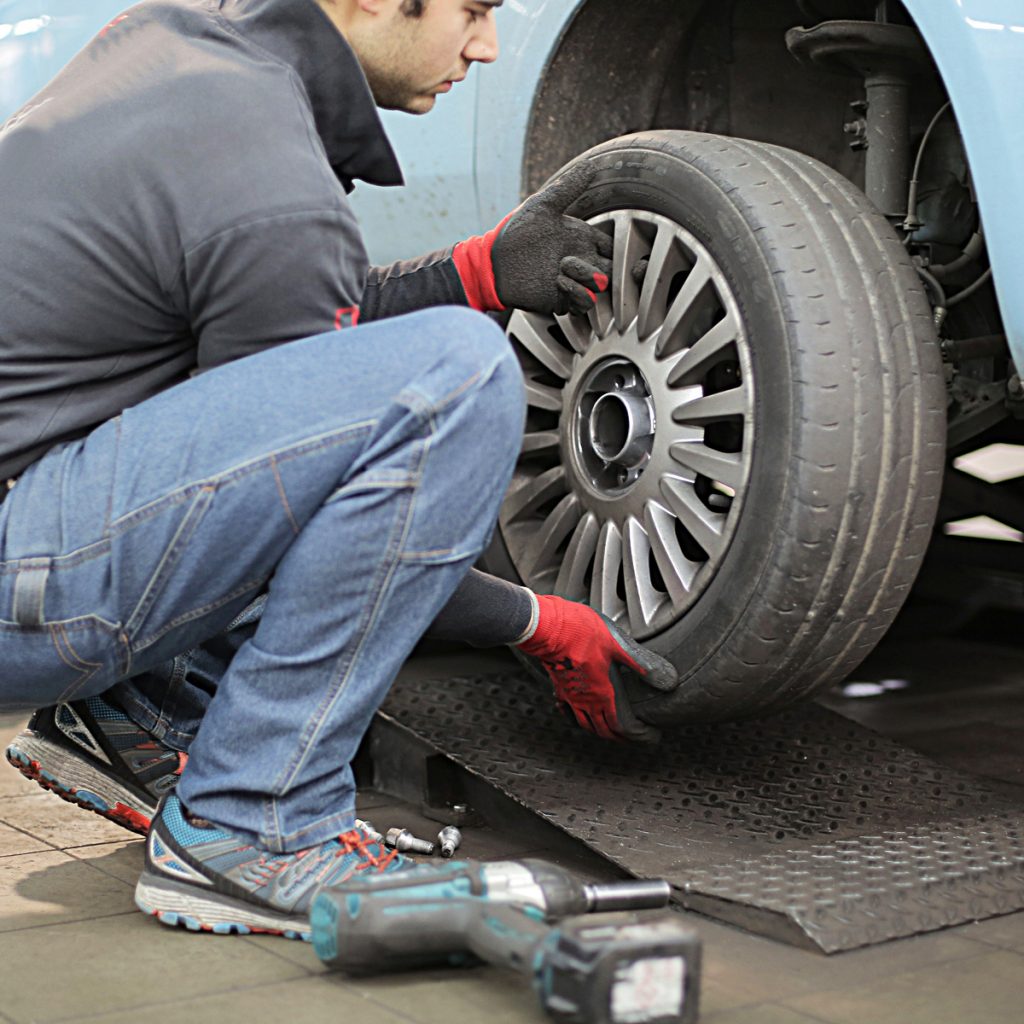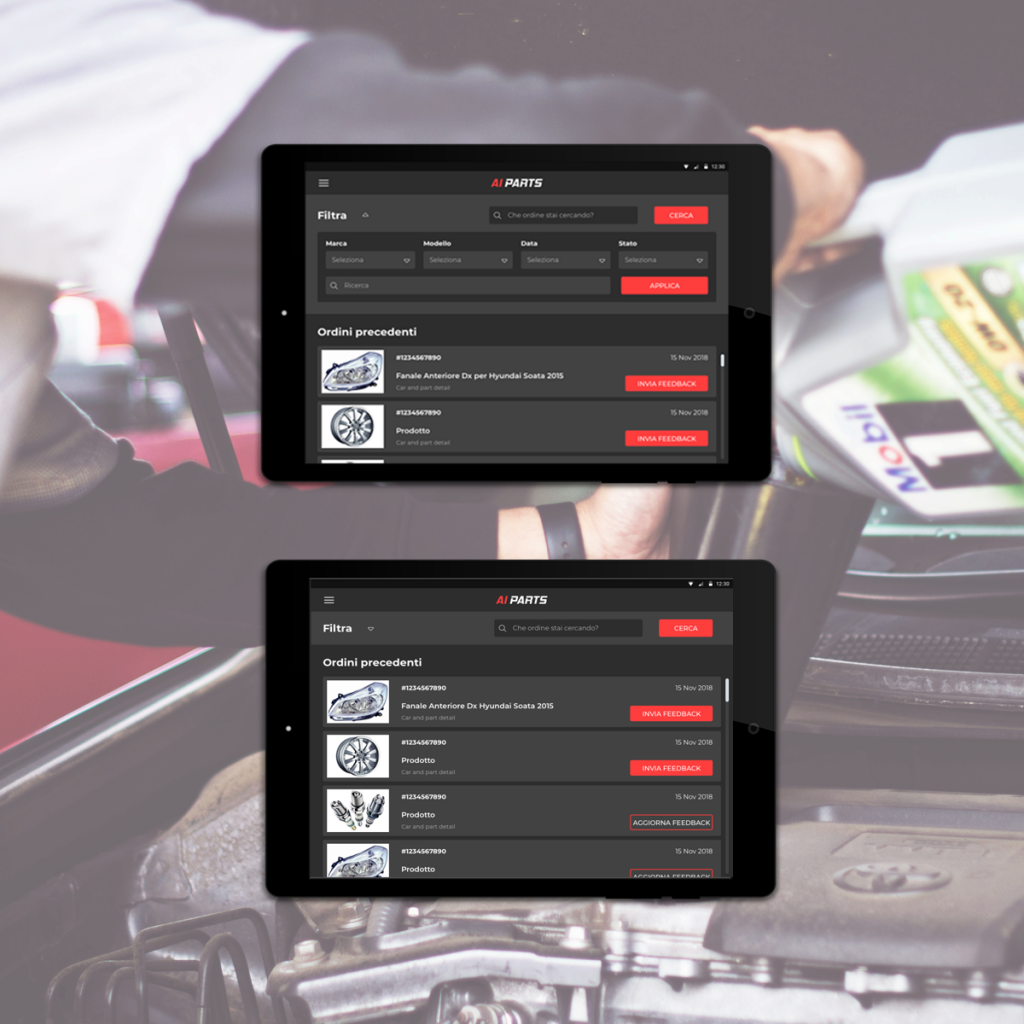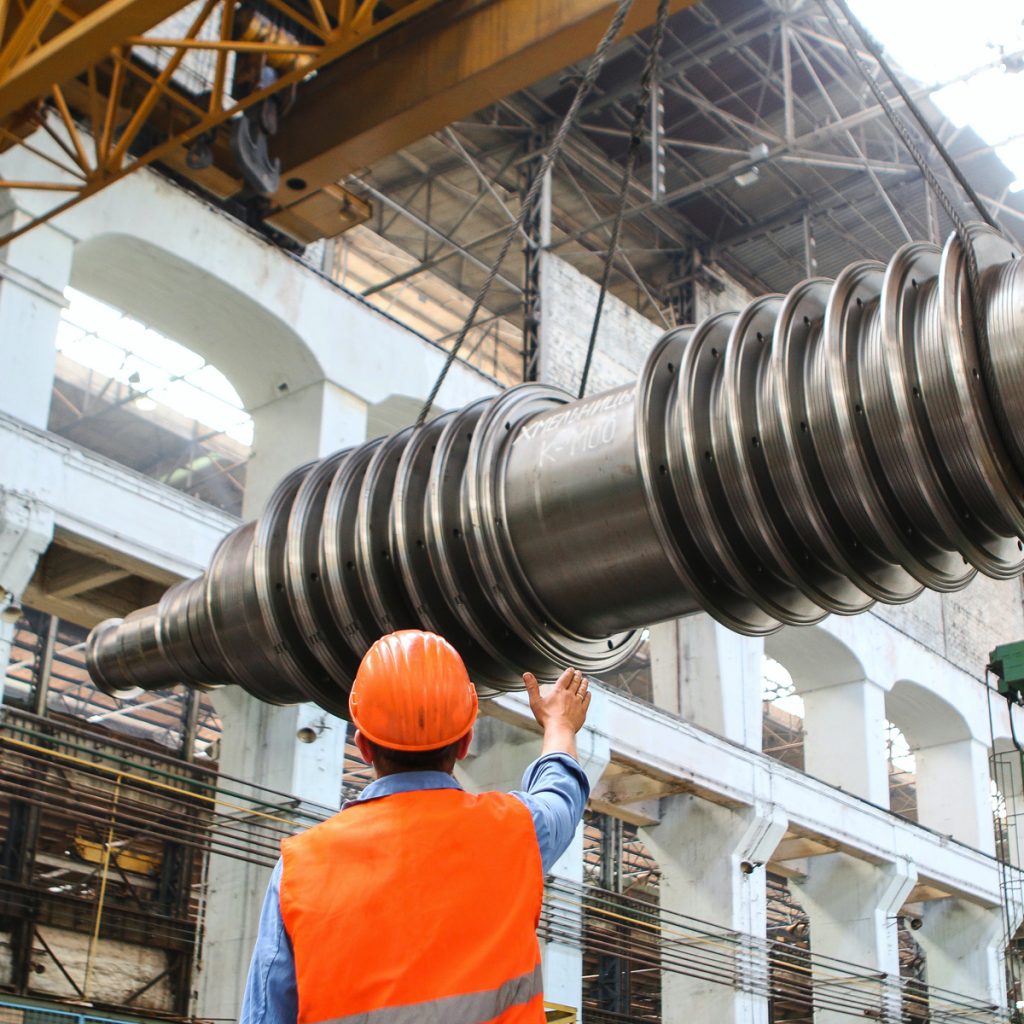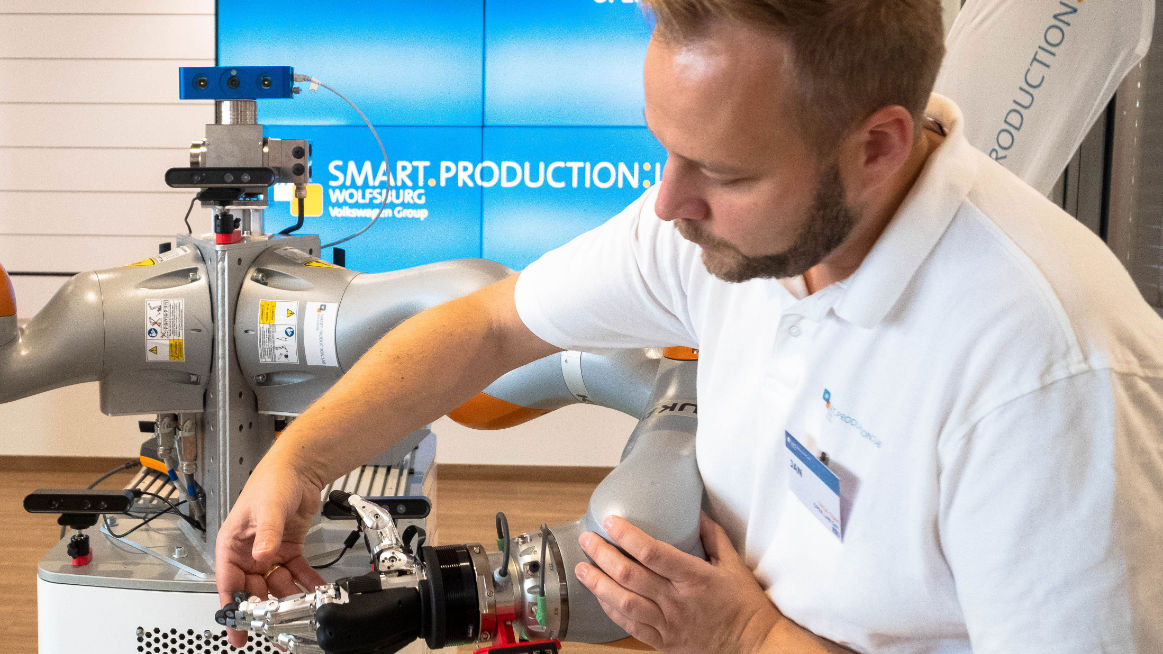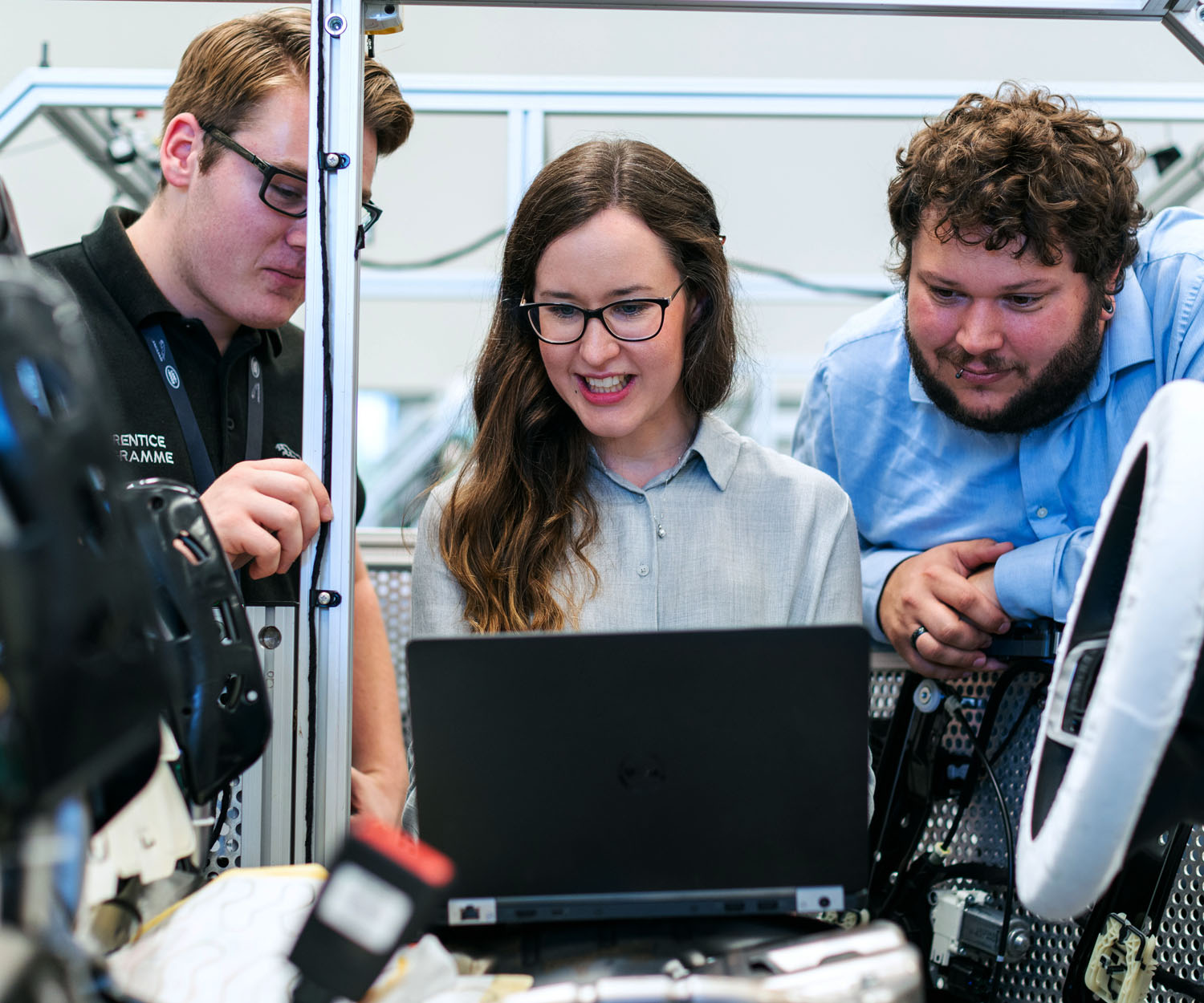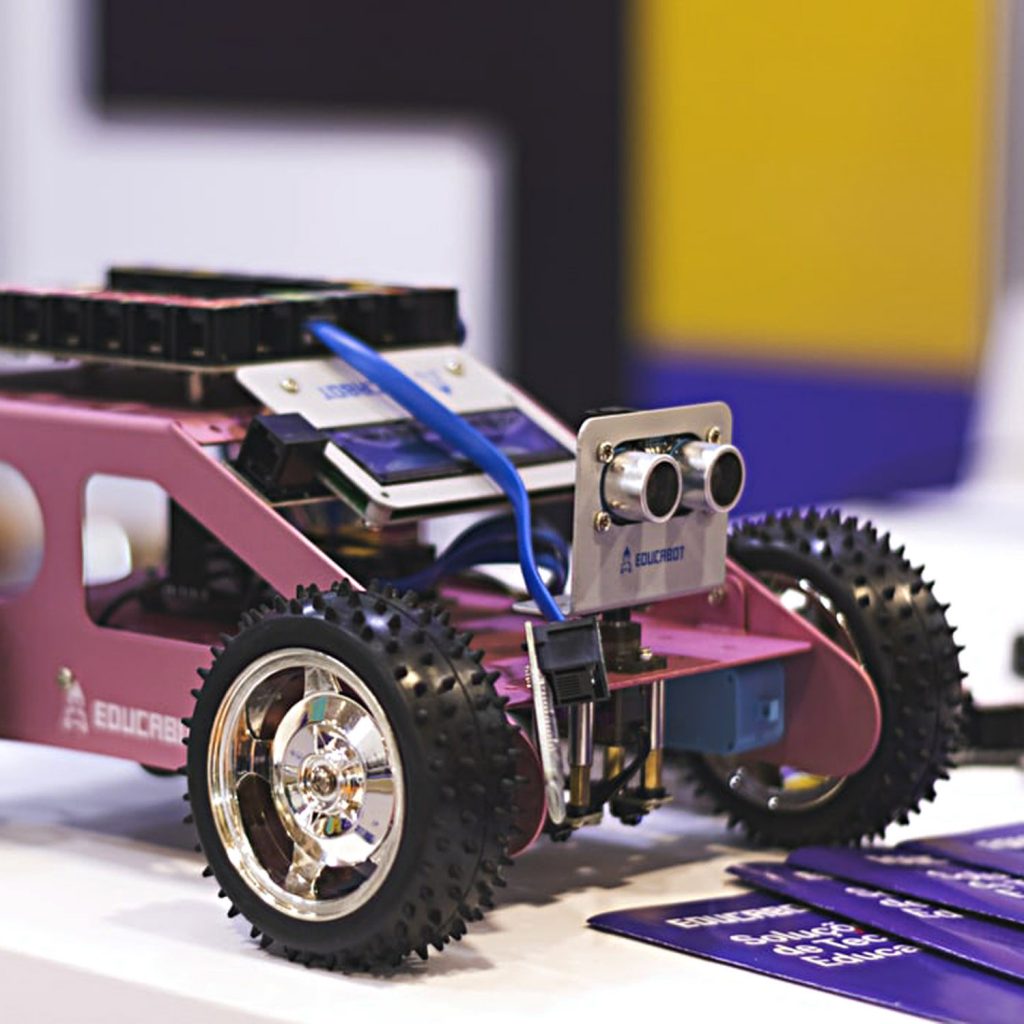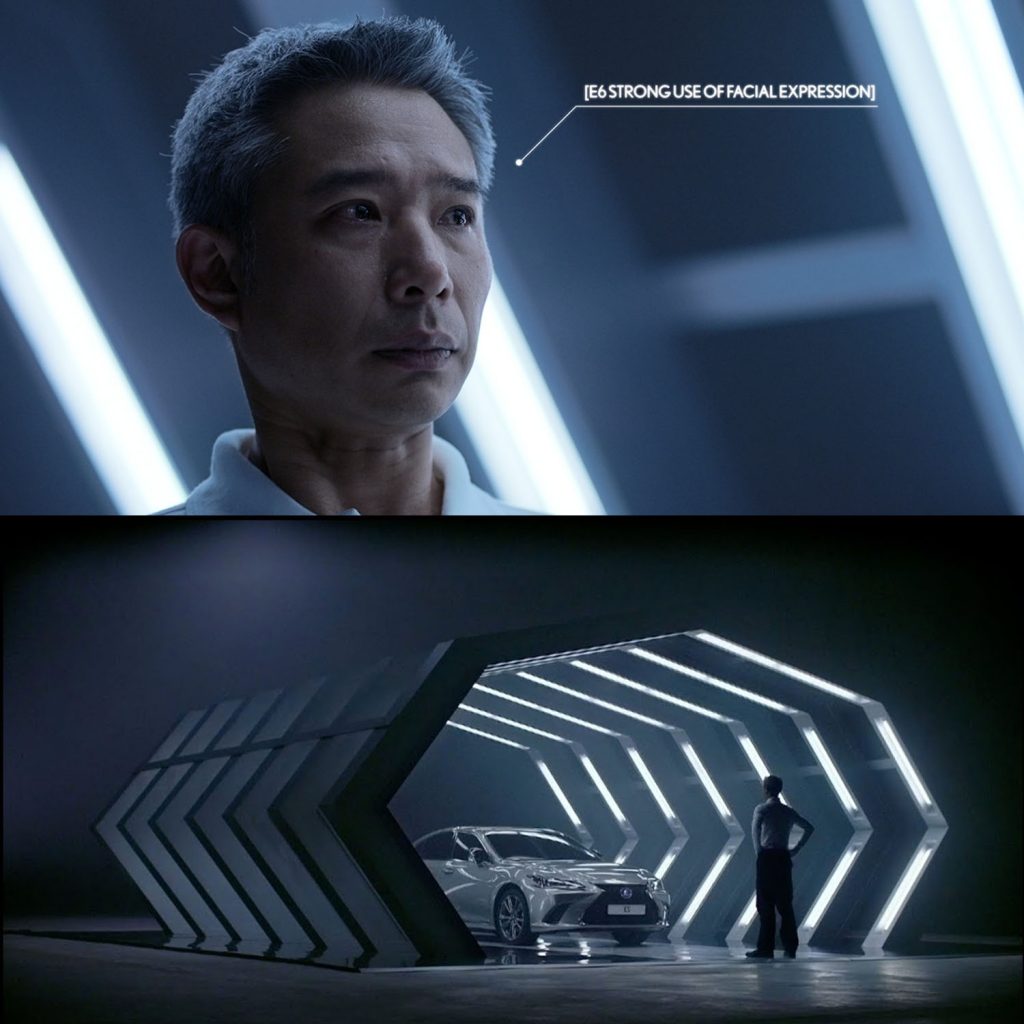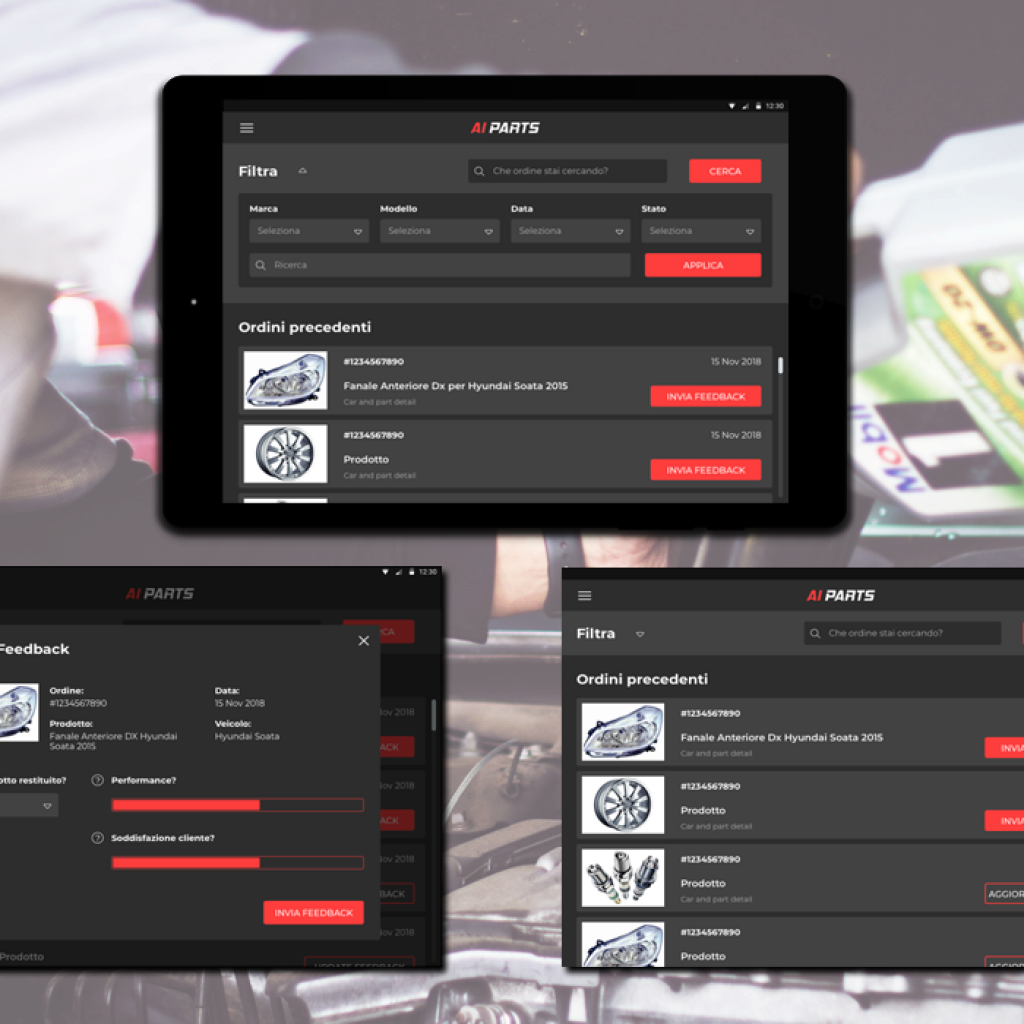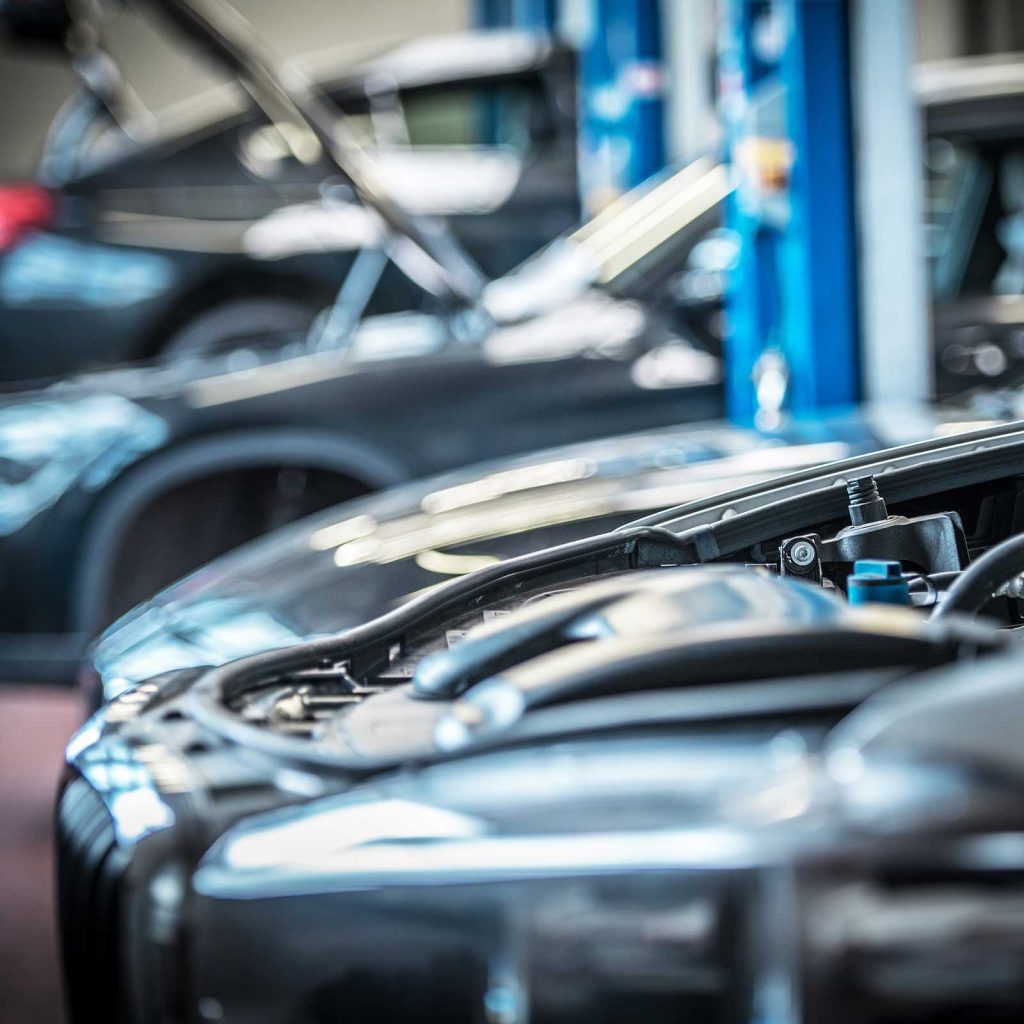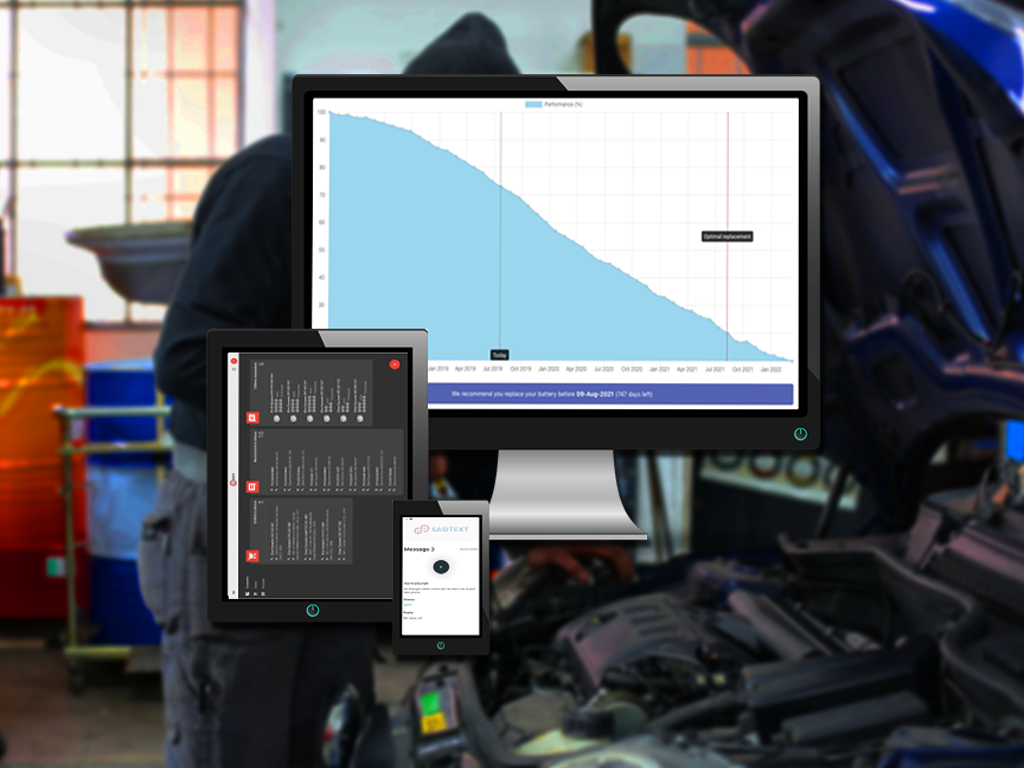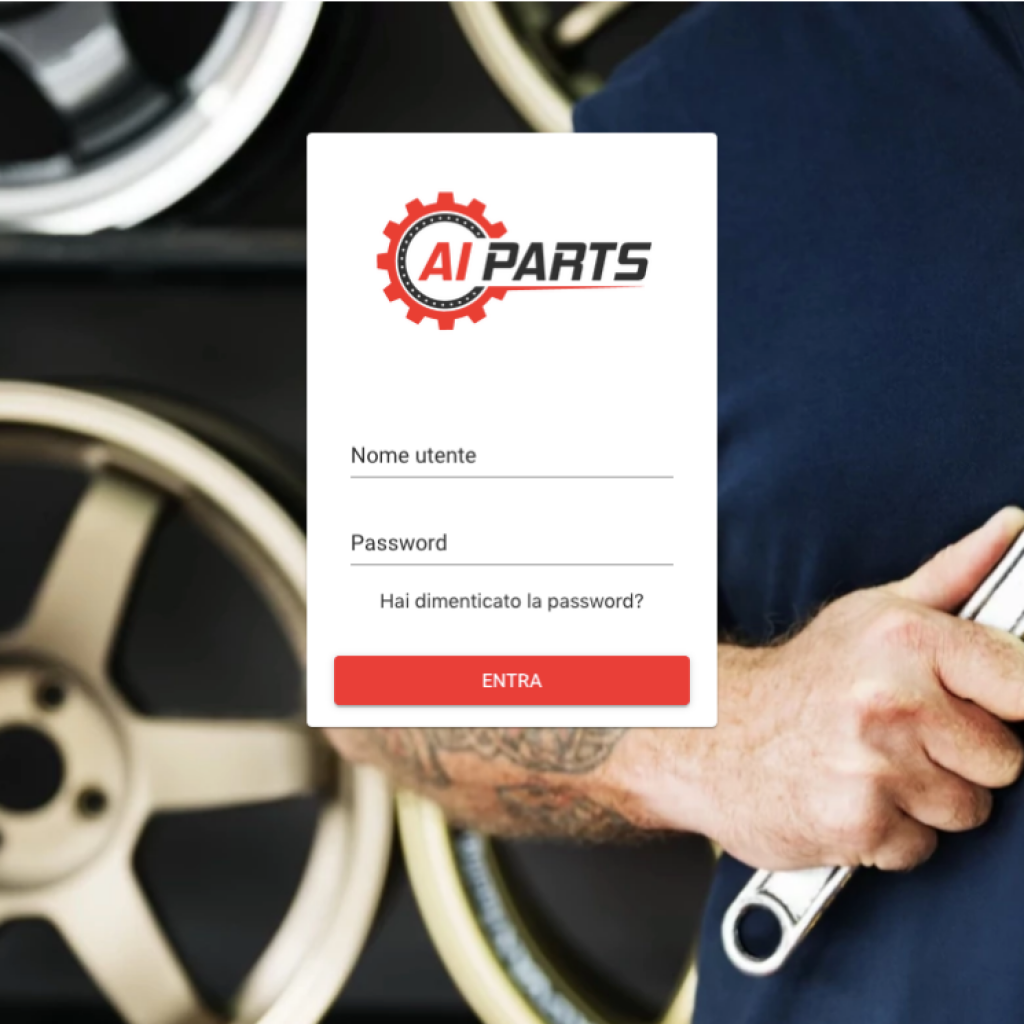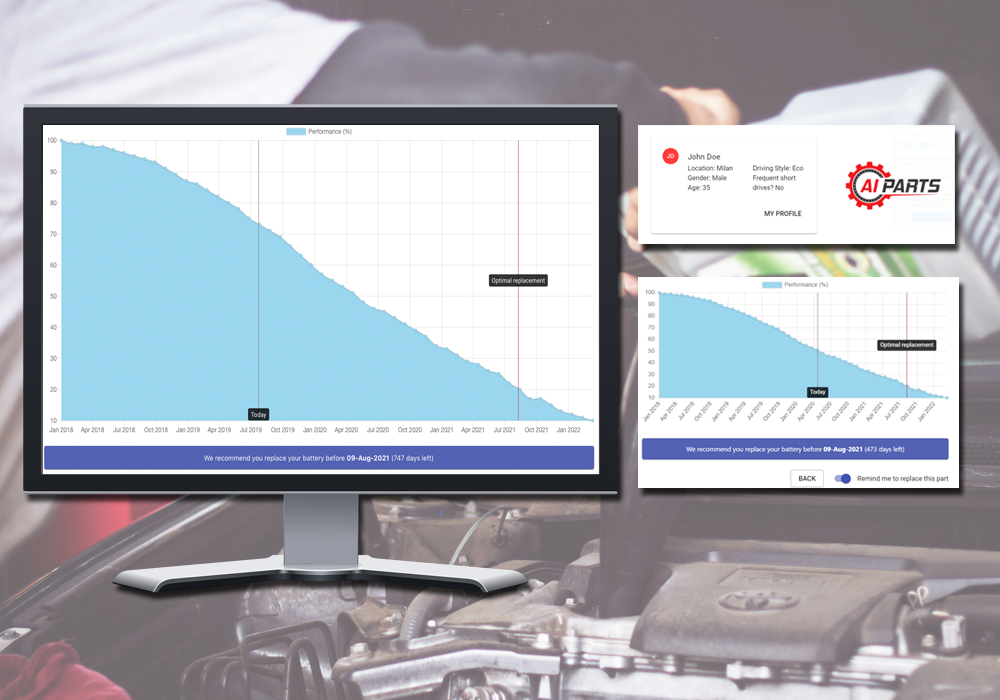A survey by McKinsey showed that more customers value their car aftersales experience more than their experience in buying a car.
This means they pay more attention to what it is really like after they’ve bought their car.
This includes dealing with aftersales support and the repair and maintenance experience from car repair shops.
On this post, we look into how the Tecphro dashboard from AI Parts can improve customer experience and relationships in the auto repair industry.
In this industry, trust is important, and AI Parts’ groundbreaking technology can help car shop owners earn more of that.
Built-in Disadvantage
In terms of customer experience, the auto repair industry is at a disadvantage.
From the get-go, it is already associated with a negative experience.
It has become such a universal fact that terms like “auto anxiety” or “car repair anxiety” are regular topics in car forums and everyone knows exactly what these phrases mean.
For emergency repairs, there is a fear of just how much the bill will be at the end.
Customers feel they are held hostage by two options: pay-up or ruin your car.
They also feel like they have to pay more after buying a car just to use it.
There is also a huge distrust between drivers and car mechanics. This isn’t even because of a bad experience. It’s just because there’s a huge opportunity for misunderstanding.
Customers typically don’t have sufficient knowledge on how a car works yet they’re expected to trust someone that can potentially make more money than necessary.
A Shift in Customers Create Opportunity
Auto shop owners however have the opportunity to reinvent the customer experience.
This comes from the changing demographic of who is coming in to have their car checked or repaired.
As the millennial generation grows up, they are starting to occupy a bigger part of the market.
In a study by MIT, despite the popularization of alternative transport modes, it was discovered that millennials actually have greater car use than previous generations.
This means as the transition happens, car shop owners have a brand new set of customer behaviors they can tap into for better results.
This is were the AI Parts’ dashboard Techpro comes in. Aside from improving the overall inventory and parts ordering system of any car shop, the AI Parts ecosystem is also a great example of upgrading services in a way the end customers will feel.
1. Fewer Errors
Techpro is a machine-learning platform. What this means is that the information it provides is not static. It is designed to be smarter and better with further use.
At any given time, the feedback it provides will be as accurate as possible based on the available data. This protects your car shop from errors.
The preventive maintenance solutions also give mechanics an idea of where to look first. The preventive maintenance model could point at which parts are nearest the end of their service life.
This hastens the search for possible causes of car issues and provides another layer of direction for the mechanic.
2. Minimize Surprise Big Spends
One of the biggest features of AI Parts software is its preventive maintenance tool.
Using AI, the software uses advanced modeling and a lot of data to predict the service lifespan of car parts.
Drivers will have access to the sort of technology that can closely manage and customize car maintenance programs. They will know exactly when they should have the car serviced.
This helps drivers understand the importance of preventive maintenance and it helps shield them from big, preventable events that will otherwise happen without predictive maintenance.
3. Provide Data-Based Maintenance Programs
As with the previous item, car shop managers and mechanics can use the same preventive maintenance tool to help provide actionable and data-driven advice to customers.
Growing up with nearly unlimited access to information, millennial customers take data seriously. Forbes calls millennials the “most data-driven generation”.
With Techpro, auto shops can start providing data and present graphs. This will help them explain maintenance needs in a more specific way.
Modeling systems by AI Parts takes some of the mystery out and helps owners understand the importance of maintenance activities for the reliability and service life of their vehicles.
4. A Service Relationship Strengthened by Data
With the entire AI Parts ecosystem, it’s easier for car shops to build a relationship with their clients.
Instead of one-off visits, the platform can be used to work out a more proactive maintenance schedule with customers.
The preventive maintenance tool makes scheduling more personalized for each customer instead of the traditional one-size-fits-all method.
Instead of arbitrary dates, mechanics and car owners can use our tools to create responsive maintenance schedules.
This helps car shops improve their relationship with customers and increase loyalty in the very competitive aftermarket car sales service.
5. Predict Service Needs of Customers
Service needs prediction also works through preventive maintenance tools.
If linked with the Techpro system, it will be easy for car shop owners to gauge the changing demands of customers.
For example, it will be easy to spot a potential rise in demand for batteries, replacement headlights, or brake pads on a week-by-week basis.
This helps auto shops prepare in terms of manpower skills, tools, and inventory to ensure it is able to service all customers. This cuts wait times and improve the overall experience of customers.
This also minimizes lost business due to unavailable parts.
6. Smarter Inventories Means Less Waiting Times for Clients, a Faster Moving Inventory
Techpro provides auto repair shops with powerful software that can model and predict demand for car parts. With it, shops will be able to stock up on the most in-demand car parts
This also shrinks the chance of investing in inventory that might not be desirable after all.
The platform uses machine learning and artificial intelligence to merge expert mechanic opinion, experience, and other data to assess the reliability and compatibility of every spare part.
With Techpro, auto repair shops will avoid purchasing incompatible or low-quality parts. The platform aggregates the experience of other auto repair shops. Suppliers with fast delivery times, high-quality parts, and good customer service are easily identifiable on the Techpro dashboard.
These issues, common for many car shops, will extend waiting times for customers and will have negative consequences on customer retention.
These are just some examples of how the AI Parts product ecosystem can help the auto repair shops.
For the past few years, the proliferation of AI and machine learning technologies in the automotive industry has multiplied. Yet, car maintenance and auto repair services remain untouched by the technology despite the unique opportunities they present for predictive maintenance and inventory management solutions.
With widespread use, the platform can also have the potential to impact the manufacturing sector providing it with on-the-ground insight on consumer demand. All of this contributes to an aftermarket experience for customers that is far beyond what is available today.






